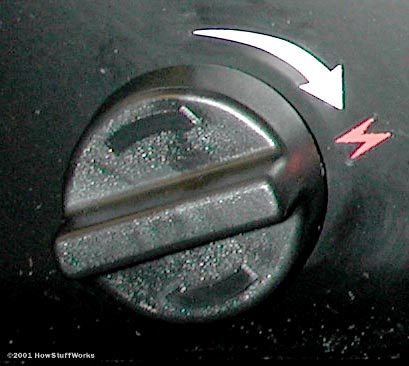Infrared Grills vs. Gas Grills
Gas and charcoal grills cook primarily though convection. As the air in the grill is continually heated by the burning charcoal or the gas flame, the air rises and circulates around the food on the grill's grate, causing the food to cook. This constant flow of air can also dry food out.
An infrared grill, instead of relying on hot air to transfer heat to food, uses an electric or gas element to heat a solid surface, which then radiates, or emits, far infrared waves directly into the food that sits on the grill's grate. The heating element also heats the air in the grill, creating some convection, but less air is circulated and therefore the food retains more moisture during cooking. With their higher temperatures, infrared grills can also cook food faster than standard grills. (More about that on the next page.)
Advertisement
Early infrared grills manufactured for commercial use were equipped with bare ceramic heating surfaces, which created a large amount of convection and could be finicky and difficult to clean. Many of the newer infrared grill models feature designs that layer ceramic or metal heating surfaces with glass plates that direct air flow away from the food and provide high-temperature, evenly diffused infrared heat, which proponents say results in more even cooking than grills that rely entirely on convection [source: Associated Press]. However, independent tests have shown that high-end gas grills provide equally even heating and cooking [source: Consumer Reports].
If you're thinking that an infrared grill would be great for searing a steak but would surely incinerate your favorite vegetable medley, think again. The heat is adjustable, and although it won't reach the (relatively) mellow temperatures of smoldering charcoal, an infrared grill can still be used for everything from roasting chicken to steaming vegetables -- though extra care should be taken while you adjust to an infrared grill's quick cooking speeds.
Even if you're fond of DIY projects, keep in mind that placing a ceramic, metal or glass plate across your standard grill won't turn it into an infrared grill. "The optimum burner," says Ted Wegert, a ceramic engineer with Schott North America Inc. who works directly with a variety of grill manufacturers to introduce and improve the art of infrared cooking, "is one specifically designed to emit heat in the infrared wavelength range best suited for passing through the plate and for optimum cooking."
On the next page, learn more about the specifics of cooking with an infrared grill.
